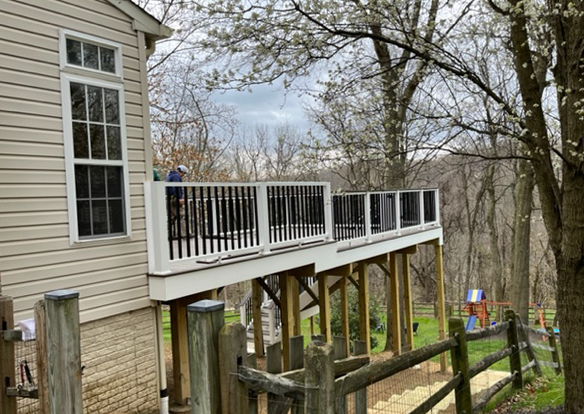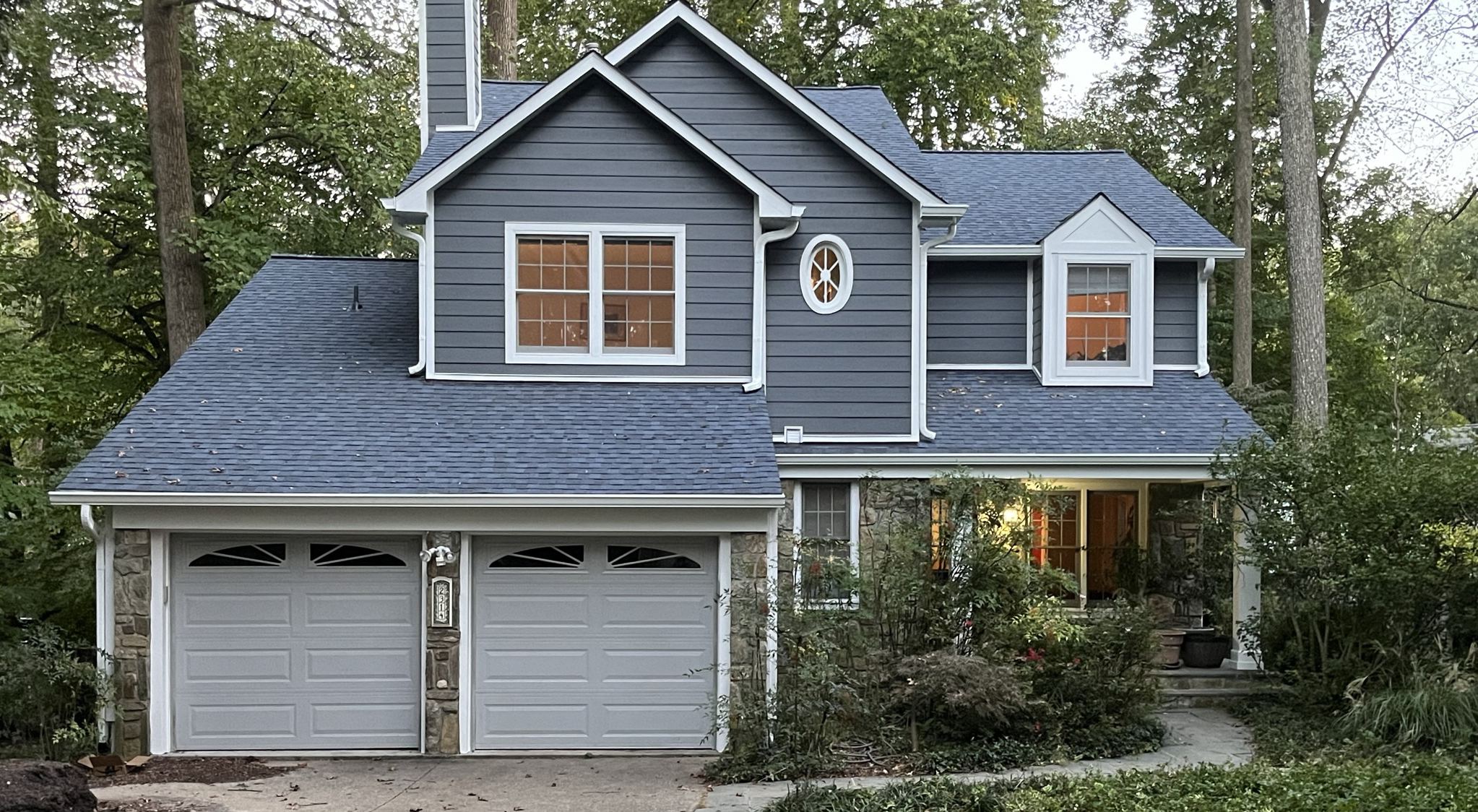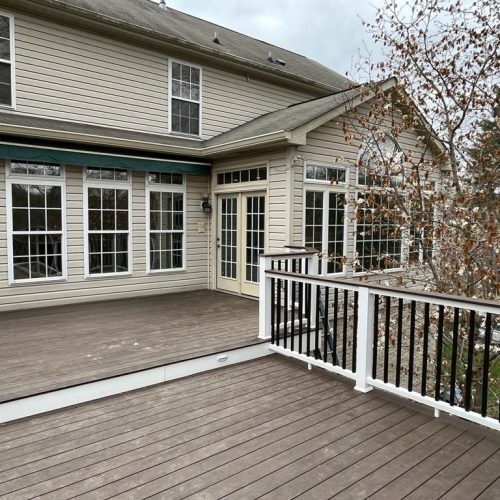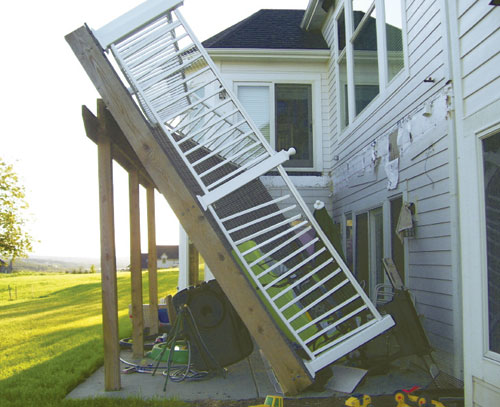Even though you are doing preventive maintenance on your home and roof, your roof looks old and worn. It may be that your roof is reaching its lifetime or is getting closer to experiencing a roof failure.
If a roof needs replacement, we advise our clients to not delay the replacement, since it could result in bigger problems and therefore cost more money down the road.
1. Cupping and Curling of Shingles

Cupping occurs when the roof shingles develop a concave or depressed center. Curling occurs when the roof shingles show curling under at the edges of the shingle tab.
2. Bald Spots or Granules falling off

Bald spots form on asphalt shingles when granules fall off. Leaks may start at those spots. Granule loss is a result of weathering over time. Leaks inside your attic or ceiling can cause ceiling discoloration and the presence of mold in your attic and even ventilation issues.
3. Thermal Splitting and Cracked Shingles

Thermal spliiting is the result of the tearing of shingles. The tearing is caused by the thermal expansion of the material itself. When temperatures are extreme and soar, asphalt shingles expand, when the temperature goes down the material contract, causing the tearing of the shingles. If this is happening, it is a clear sign that the shingles installed on your roof are defective or it is a low-quality product.
4. 20 years Old Roof – Your Roof looks Old and Worn

Most roof shingle manufacturers produce asphalt shingles for durability, some carry a 20-25-30 years warranty, however, if your roof is at least 20 years old; there are many factors that can accelerate the aging of your roofs, such as not having proper ventilation or a deficient installation. If you notice that your neighbors are replacing their roofs, it is a good sign that they may be experiencing weather conditions since your house was built at the same time. Keep an eye out, that can mean that your roof is getting closer to its useful lifetime.
5. Dark Streaks or Black Spots

Dark streaks or spots are commonly known as Airborne Algae, looking like dirt, mildew, or mold, it may not necessarily affect the roof shingles, but it lowers the value of your home. It can be removed by the use of bleach and water 50:50.
By the time that you notice the streaks, it has usually been on the roof at least two or more months. After a period of time, the algae can cause the protective UV granules that cover roofing shingles to begin to come off, causing them to dry, crack, curl, and/or cupping and therefore leak.
6. Moss Growth

Moss usually grows in damp and shaded environments, moss absorbs the moisture from the damp environment and establishes roots on your roof. Moss holds moisture against the roof surface and can cause damage to the granules of the shingles. Moss can be removed, not doing so can cause the roots can lift up the shingles and because the constant moisture can lead to holes in your deck and consequently leaks into your home.
These common signs can be early detected by a professional roof inspection. Roofing and exterior work is a specialty that deals with the presence of moisture, water, and air infiltration.
Rafael Antonio Huguet Lotterer, Owner of E81 Studio
E81 Premium Roofing – Home of the educated roof Consumer

Give us a call! (240) 205-3758
Or send us an email: info@e81studio.com





